
Investing in Art - The Art of Investing
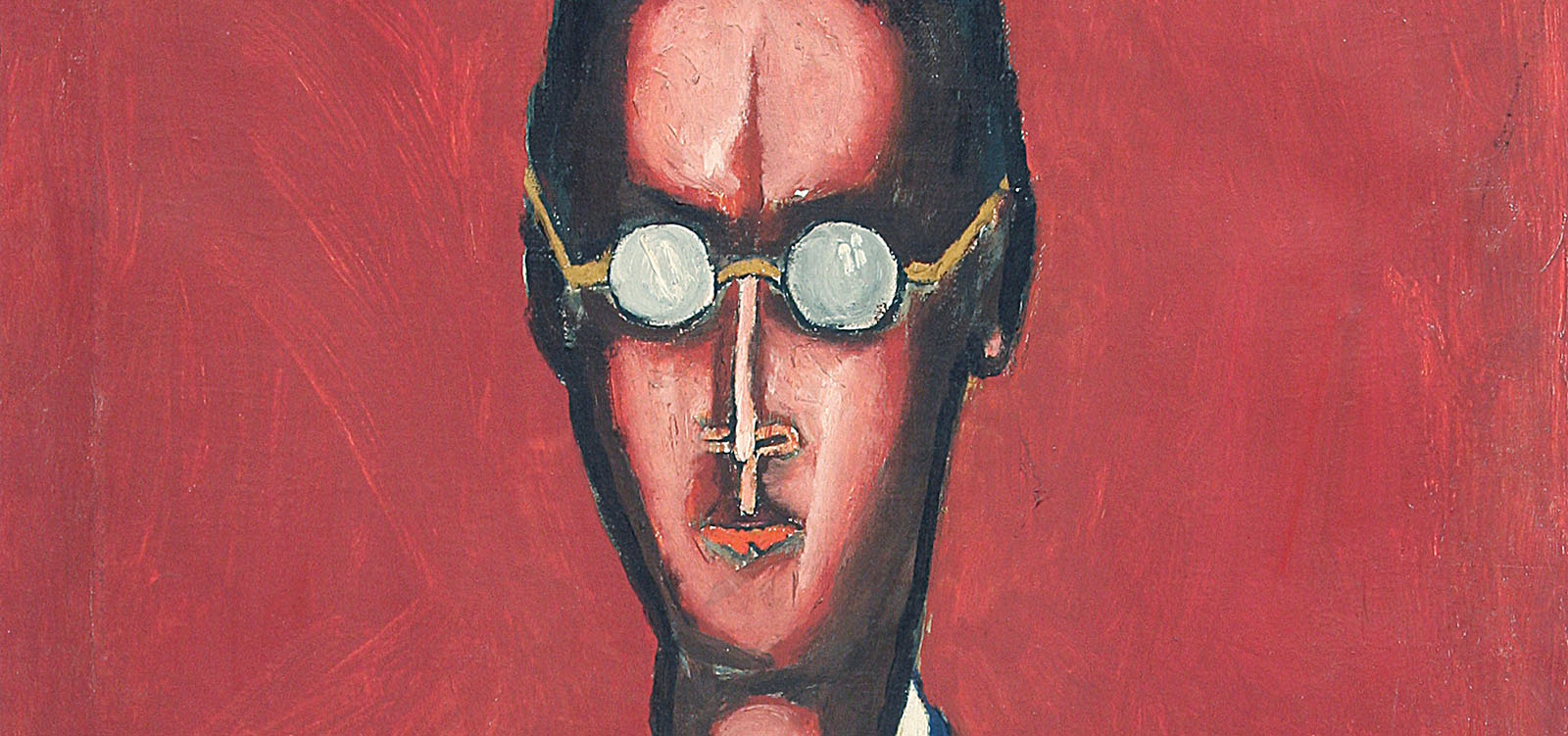
We create art collections

Art Consulting
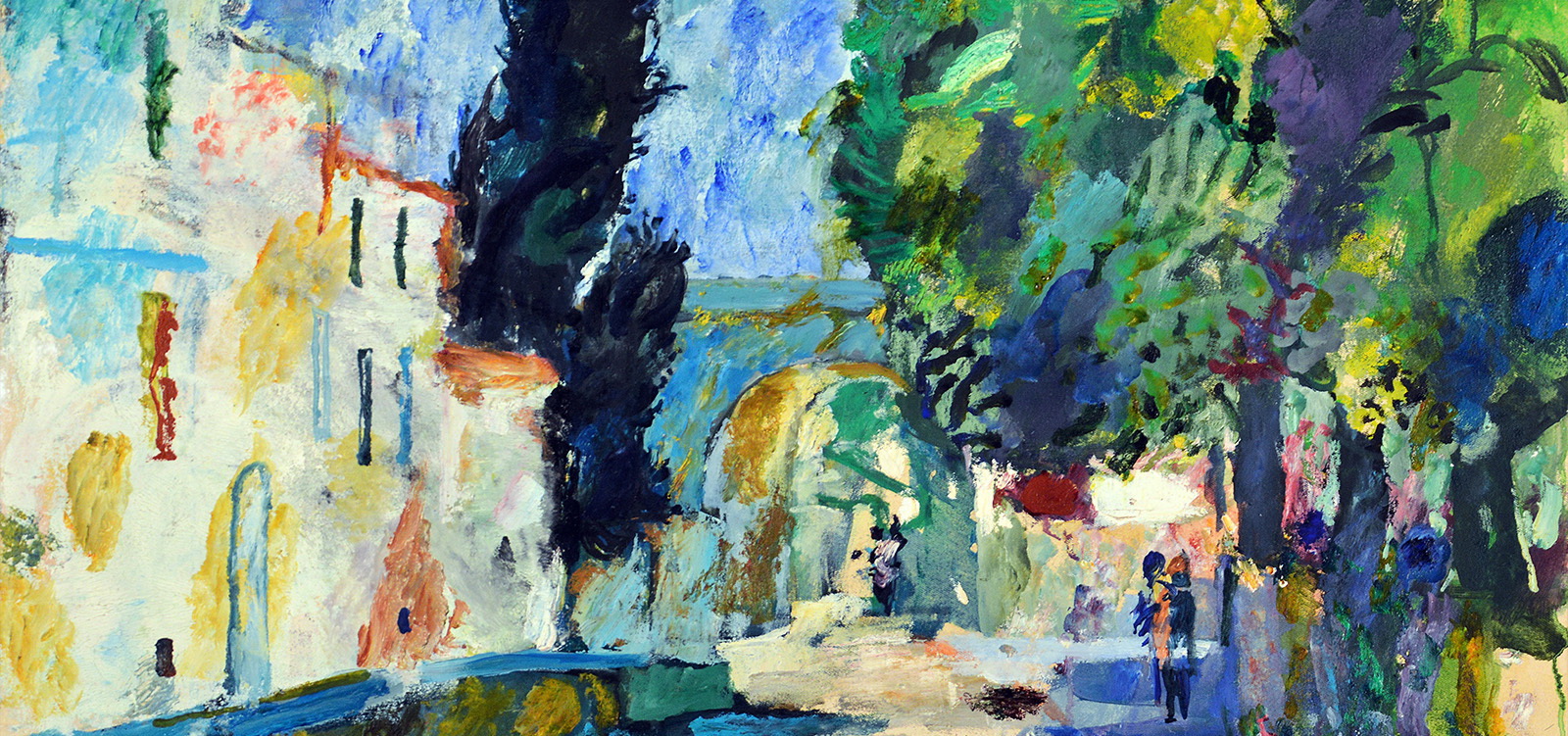
Arranging art collections
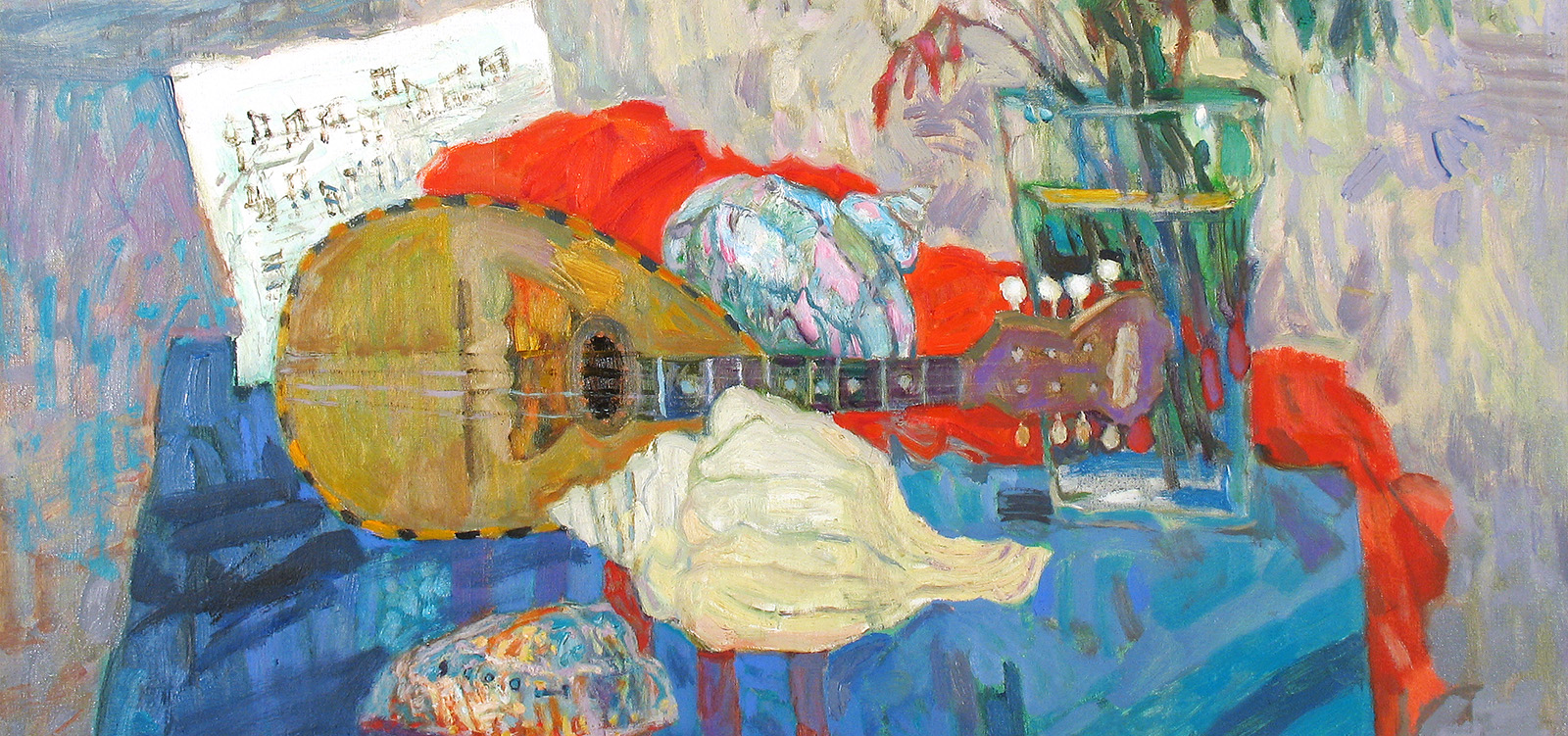
Cataloguing collections of works of art
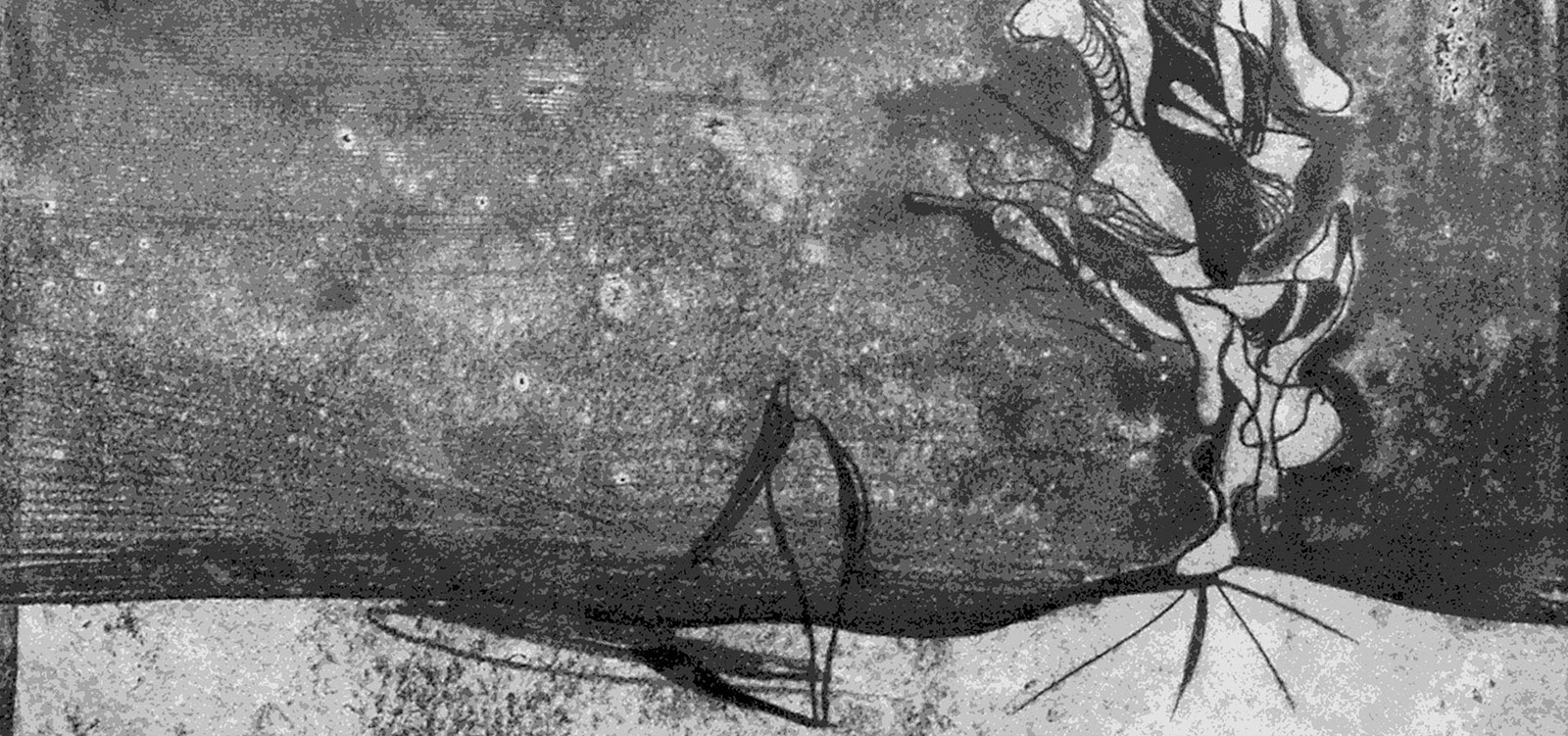
Consevation of works of art
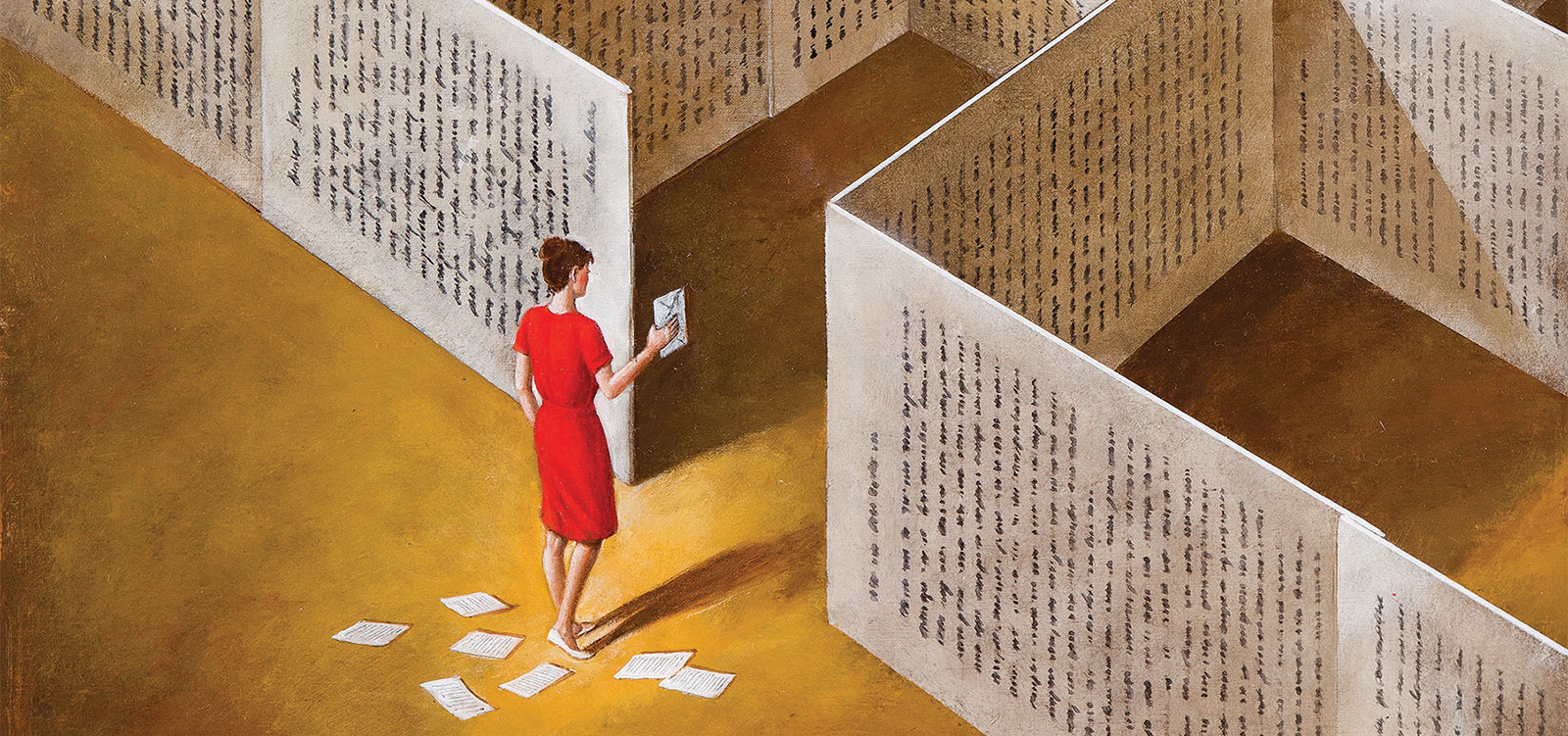
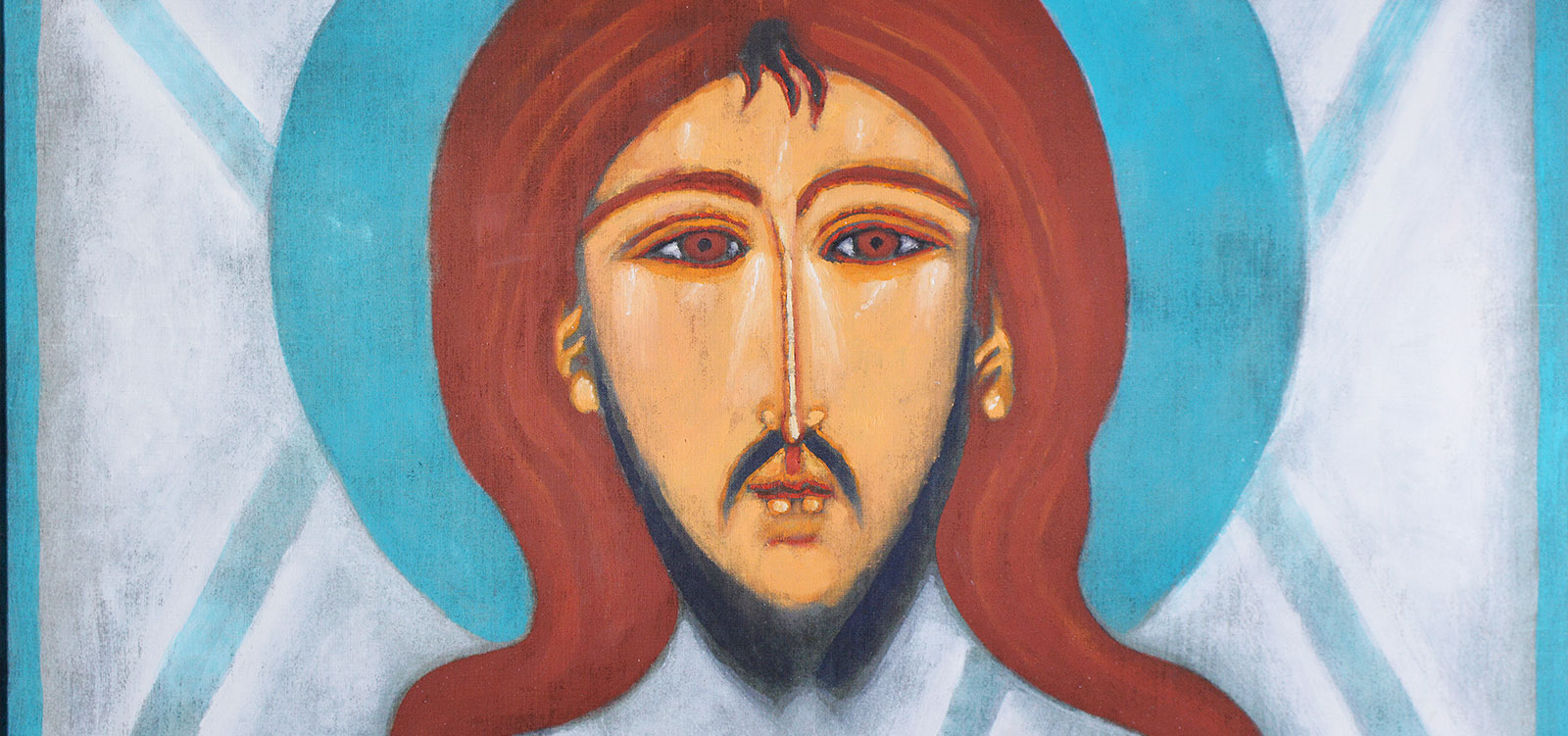
"Sometimes I feel as if I were a spectactor in an abandoned theater, where the huge stage serves as the site of a grand spectacle..." confessed Jolanta Johnsson in an article published as a tribute to her first individual exhibition in the far away town Nässjő. Her statement is still the perfect summary of her work, even though this time she has solely concentrated on the inner landscapes. The duality of inner character should be kept in mind - it will be discovered with case by the sensitive viewer.
I, being a person from the outside, having had the chance to admire her paintings even before they were dry was struck hard by this duality, fascinated by it.
FASCINATION. We shouldn't be afraid to use the word. How often do we pass by striking paintings without giving the a second thought, unless they have been "authoritatevely" recognized by someone? Jolanta Johnsson's paintings have moved me deeply. I had to carry the impression they made, hidden within, before uttering my acclaim for them. The continence of this "artist's confession" requires moderation, weighing of words. None should be spoken without contemplation.
It is a shame that I cannot recall all the comments made by the artist as her works went on display, beginning in September 1997. They were worth remebering! Why don't I have black and white copies of those "interiors" that enveloped my imagination? I therefore willingly committed myself to the chaos, to which each artist is subjected when starting his work, when he still can't be sure, as I quote Elliot, wheteher he truly knows, understands and whether he will have the right to smile!
Chaos can always bring about new creation, unless it is an excuse for naught. "I find the inner side of the human being very intriguing: how he exists inside, linearly and on the inner depths..." These seemingly nonchlant words, which somehow did not disperse, were a reaction to the words of Albert Gleizes and Jean Metzinger, which were spoken, I belive in 1947 (in relation to cubism, but even here are relevant) "INNER REALITY IS THE ONLY ONE EXISTING IN ART". And so I was finally aware, while admiring Jolanta's work that she fully realizes this mission satement - she transfers her characters into the artstic plane, the spiritual plane, and thus their linear values become qualities set far beyond the plain painting values...
The models are taken from the outside world and, in a way, are a part of it, but once inside they take on different dimension, thus becoming inner models Andre Breton was wrong in saying that this is only possible in surecal painting; here, as they become more unreal, they gain, imagine that, ever greater realism). I don't know why - maybe because I am aware of the artist's close ties with Sweden - I can't help feeling, which intensifies with time, that these models participate in a kind of Bergmanesque spectacle, where the whispers and shouts are overwhelmed by the more expressive silence...
For this reason the fears expressed by the artist, who wants "everything to be sharper, decisive, contrasting, not so subdued and sad", find no justification here - inner lights may be a hundred - fold brighter than searchlights, with the reservation that their effect is not to blind but to highlight. Fortunately, the human being has the inner eyes of the soul that are complemented by the eyes that view the outside world. And sadness? Who was it that said: "Don't tell me to laught, because as of yet laughter is senseless!"? As of yet!
When I was viewing them, the paintings were still unnamed but the whole had already been christened. THE TWO OF US. I should expand the thesis stated at the introduction about their dual character... It is very tempting to refer to the geometric rule of duality or the phenomenon of the duality of flowers, but I belive that it will be simpler to refer to the duality of human nature, the bodily side ant the spiritual side, in all of its possible entanglements, in the configurations strictly defined by fate or in the nostalgia and yearning that fall outside all possible schemes, even outside counsionsness, unless it is in self-torment that we find our purpose in life!
Glory to the God that in spite of Jean Cassou's statement the linear drawing has not completely disappeared from our era, that a painting may be more than just a "colored plane" from which only hedonists can gain pleasure; or a "colorfull river" with cascades of almost automatically placed plaint, rolling over the viewer like the chariot of a victorious leader, who is unaware that the slave who stands behind him and preaches about the pettiness of great art is himself! Glory to the God that there are paintings like these, which by solving the most complicated painting problems do not attempt to convince us that they're more important than existential problems that have tormented the human being troughout the history and in all cultures...
Janusz B. Roszkowski